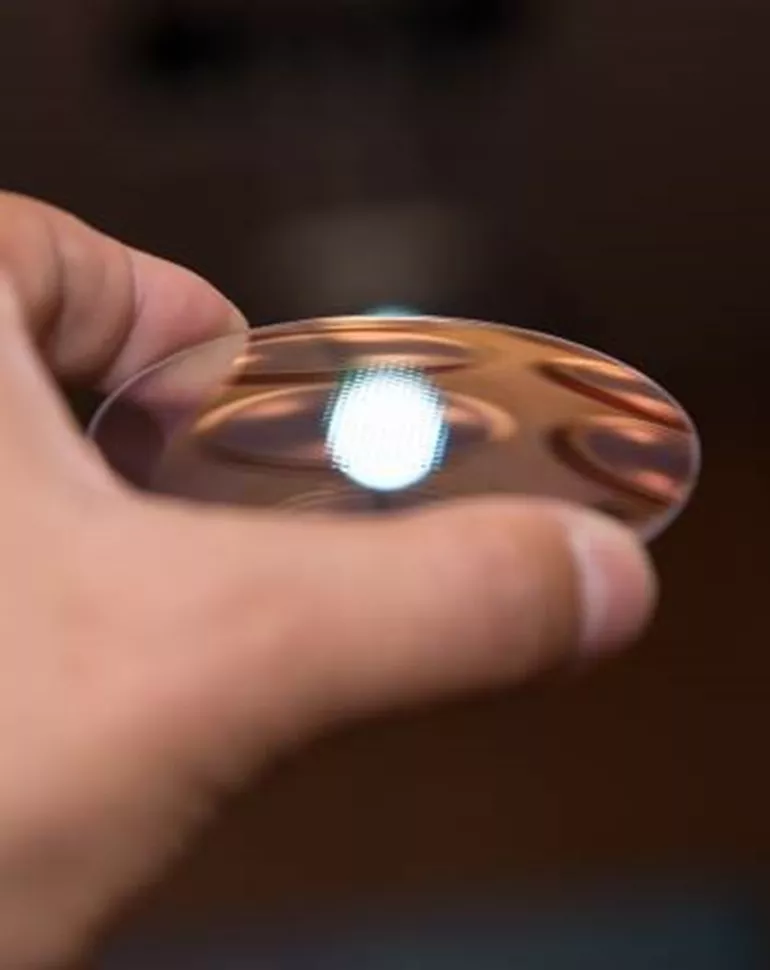Due to popularization of digital devices, increasing of near work load, decreasing time spending outdoor, high value placed on education performance and many other combined and interacting effects of hereditary and environmental factors, the number of myopic children in Hong Kong has boomed significantly. Under such circumstances, HOYA Vision Care and Hong Kong Polytechnic University (HKPU) launched in 2012 a cooperation with the focus on inventing a new myopia control lens which is capable to prevent myopia from worsening or slow down the myopia progression. Over years of academic studies, product design and clinical research, Hoya and HKPU co-invented the revolutionary spectacles lens, Defocus Incorporated Multiple Segments (DIMS Lens), which successfully won the Grand Prize, Grand Award and Gold Medal at the 46th International Exhibition of Inventions of Geneva.
In order to introduce the myopic defocus theory and DIMS lens design to local eyes care professionals (ECPs) & key opinion leaders (KOLs), Hoya Lens HK Ltd. and Global Marketing Hoya Vision Care organized a “Symposium of Defocus Theory and Clinical Results in Myopia Control” at Hong Kong Hyatt Regency Hotel on 25th April 2018. Doctor Hua Qi, Technical Research & Development Department (TRD) from Hoya Vision Care, Japan and Professor Chi-ho To, Head of School of Optometry from HKPU were the key speakers at the event, they explained theory and DIMS lens design in details. Ten local eye care professionals & KOLs attended the symposium and contributed in the discussion session.
During the symposium, Prof. Chi-ho To presented the findings of Defocus Theory & Myopia control researches which have been conducted by him and his research team over years. They found out that the axial length of the eye ball is affected by the position of a projected image on the retina. When the position of a projected image continuously locates in the front of the retina, the axial length tends to become shorter and vice versa.
It is proved in the animal models that myopic defocus can retard eye growth thus to control myopia progression effectively. In short, the mechanism of this theory is about projecting image on and in front of the retina so that myopic defocus is created inside the eyes.
The clinical trial has been conducted since the year of 2014. In this double-blind randomized controlled clinical, 79 children have been wearing DIMS lens while 81 children have been wearing ordinary single vision lenses, the changes in refractive error and axial length over 2 years have been recorded. It is founded that children wearing DIMS lenses had significantly less myopic progression by 60% and 21.5% of them had their myopic progression halted completely.
Key speakers showed how it was possible to develop this innovative myopia control lens with HKPU’s research achievement and Hoya Vision Care’s advanced technology. During the discussion session, the local eye care professionals & KOLs actively participated in the discussion about the myopic defocus theory, outcomes from clinical research and lens design. Many insightful opinions are contributed to enlighten the future improvement on DIMS Lens.


